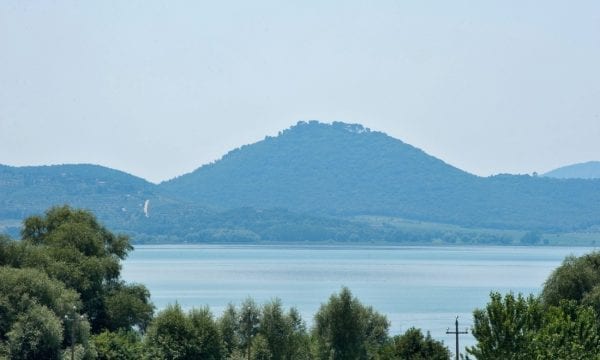PERUGIA
Perugia, the capital of the eponymous province and the capital of Umbria, rises in the centre of the Region. 15 neighborhoods are nestled in its Etruscan walls, enormous stone structures erected 22 centuries ago, much of it still visible today. When Rome was little more than a muddy settlement, Etruscan Perugia already had 7 entrance gates, the Porta Pulchra or Porta Augusta being the most imposing one.
Entering the city through the Porta San Pietro, re-faced by Agostino
di Duccio in 1475, one immediately finds the Basilica of San Domenico,
which houses the fascinating National Archaeological Museum of Umbria in
its cloister and convent.
Continuing upwards one arrives at Piazza
del Sopramuro, with its 15th century Università Vecchia building next
to the Palazzo del Capitano del Popolo. Further on one of the loveliest
piazzas in all of Italy lays before you: Piazza IV Novembre, the superb
setting of such monumental landmarks as the Palazzo dei Priori, the
ancient Cathedral and the graceful 13th century Fontana Maggiore.
On
the other side, walking down the grand Corso Vannucci, is the lovely
garden cum belvedere built on top of the massive Rocca Paolina, the
fortress built by Pope Paul III in 1540 by evacuating the defeated
city’s nobility.
The Rocca encompasses an entire neighborhood within
its huge walls, a sort of medieval Pompei that has now been expertly
revamped for use as a passageway from the lower end of town, as well as
an evocative exhibition and market space.
The streets of the city are steep and some of them date to remote Etruscan times.
The
ramp of Via delle Prome, for example, starts at the Augustus Arch and
leads to the city’s highest point where once the 14th century Porta Sole
fortress stood. It was eventually razed at the behest of the city’s
inhabitants.
Even the shortest visit to this centre of art, history
and culture should include a stop at the Saint Francis complex and the
Saint Bernard Oratory, the masterpiece of Agostino Duccio who, covering
the façade with bas relief decor of enchanting grace and elegance,
crafted a tiny homage to renaissance sculpture.
Among the important
internationally famous cultural events are the July Umbria Jazz
Festival, featuring concerts by the greatest musicians of its genre, and
Eurochocolate, which takes place in October and perfumes the city with
the heady aroma of, what else… chocolate.
